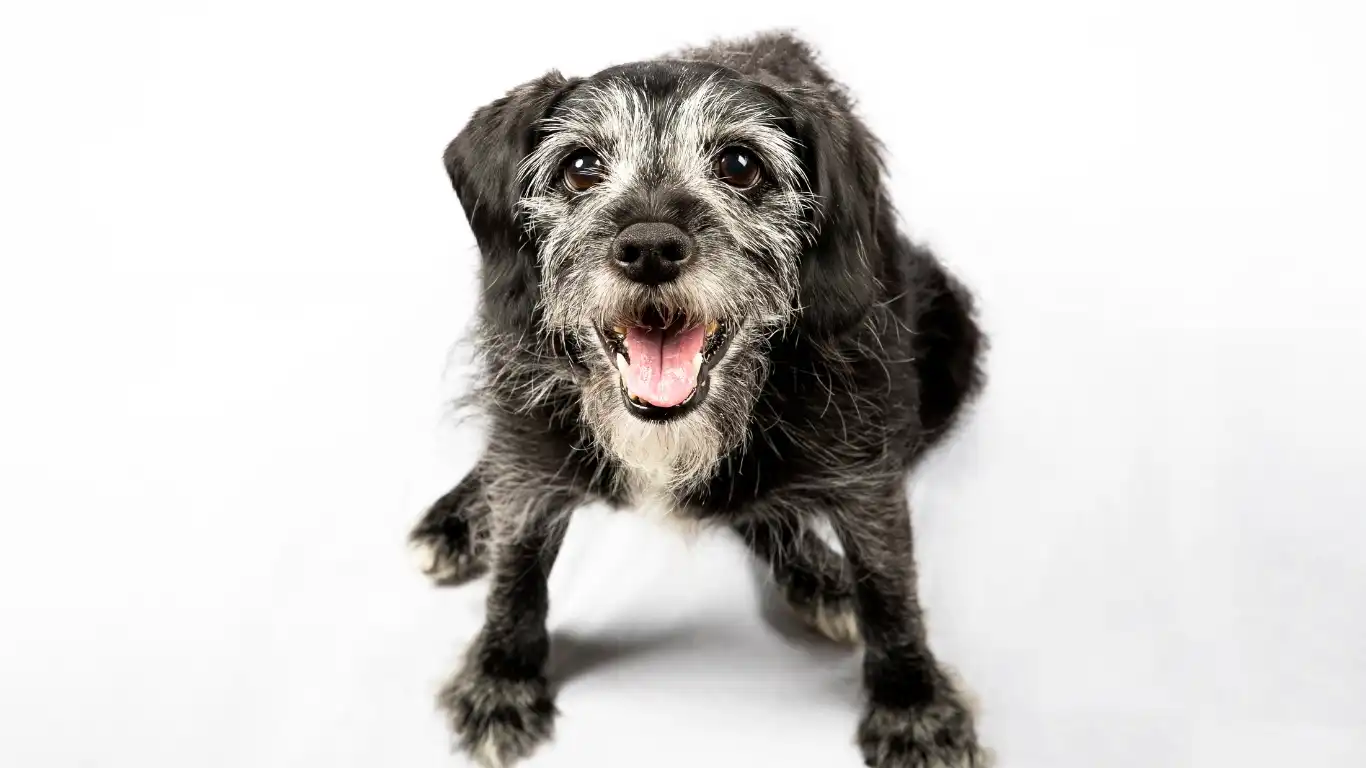Proven Ways to Help Your Dog Recover After Surgery Faster
If you’re wondering how to help a dog recover after surgery, you’re definitely not alone. I’ve spent years working as a Veterinary Technician and Nurse, with a special focus on pet nutrition, and trust me—post-op recovery is one of those phases that can feel overwhelming for both dogs and their humans. I’ve seen everything from tiny Chihuahuas bouncing back like nothing happened to large breeds who needed a little more TLC to get through it. Recovery isn’t just about healing the incision; it’s about bringing your pup back to their normal, tail-wagging self with patience, care, and the right support.
Understanding What Your Dog Needs Post-Surgery

Every Recovery is Unique—Just Like Your Dog
No two surgeries are the same. Whether your pup had a routine spay/neuter or something more complex like orthopedic surgery, their post-op needs will vary. I’ve seen cases where dogs bounce back quickly, and others where even a small surgery knocked them off their feet for days. It all depends on the type of surgery, their age, breed, and of course—their personality. Some dogs just love the drama (looking at you, Frenchies!).
Communication With Your Vet is Everything
Before you even leave the clinic, make sure you’ve got all your questions answered. Seriously, don’t be shy! I always tell pet parents to ask about:
- Specific medication dosages and times
- How to monitor the incision site
- Expected behaviors during recovery
- When to worry (red flags to watch for)
Being crystal clear on these things can save you a lot of stress later. I can’t count how many midnight texts I’ve had from friends asking if their dog’s groaning was normal (usually, yes—anesthesia can make them vocal!).
Setting Up a Comfy Healing Space at Home
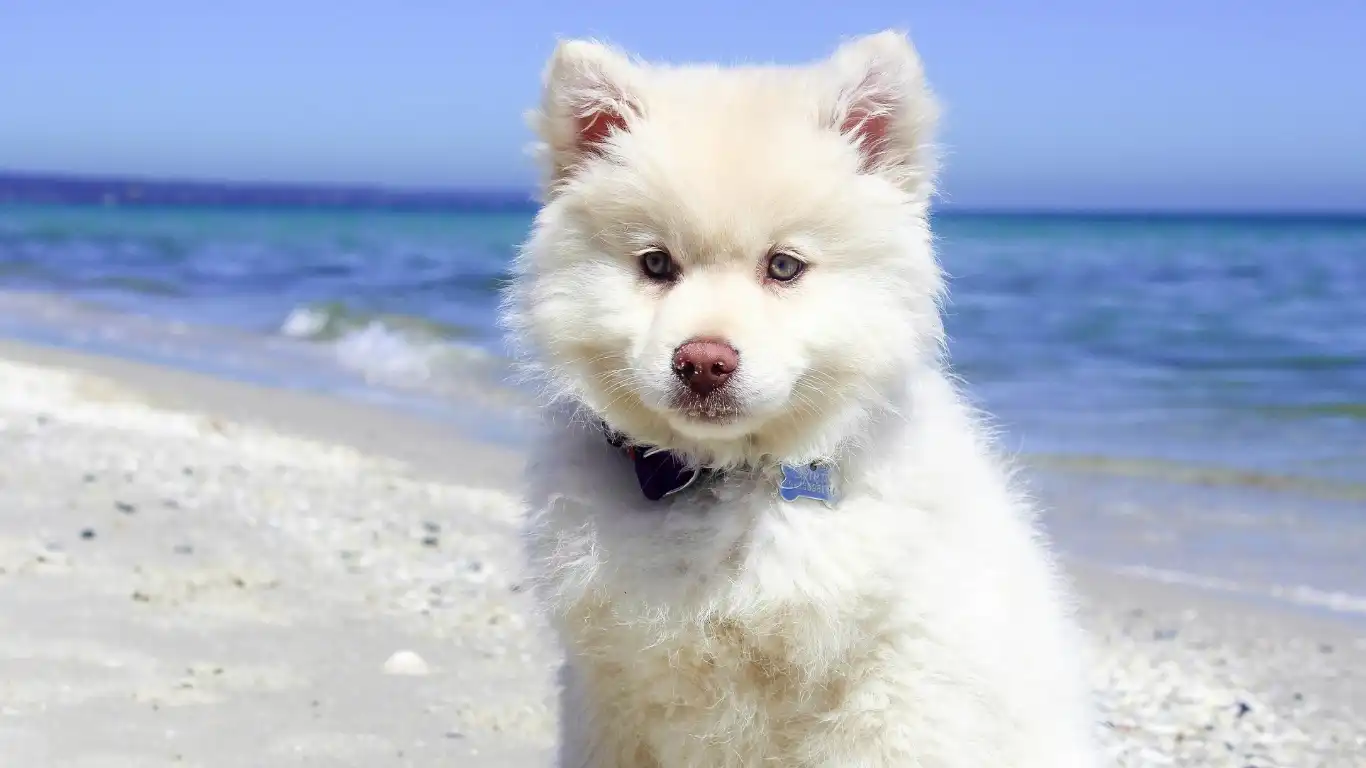
Location, Location… and Elevation?
First thing’s first—your dog needs a quiet, cozy space to recover. That means:
- A soft bed or crate pad (orthopedic beds are a win for senior pups)
- Somewhere away from stairs or slippery floors
- Easy access to food and water bowls
- Preferably low traffic, especially if you have other pets or kids
One of my favorite tips? Use playpens or baby gates to limit their movement. Dogs are notorious for thinking they’re healed way before they actually are. I had a Labrador once who jumped a baby gate the day after ACL surgery. Yeah… don’t be like that Lab.
Keep Things Low-Key
Remember, this isn’t the time for tug-of-war or fetch. Even if your dog seems eager, they need to rest. It’s tough love, but worth it. Keep the energy calm, and resist the urge to let them “shake it off.” Their body’s working hard to heal—even if they don’t realize it.
Nutrition Tips From a Vet Nurse Who’s Seen It All

Why Appetite Might Change
Right after surgery, it’s totally normal for your pup to have a reduced appetite. Anesthesia can leave them feeling a bit “off,” and some pain meds can cause nausea. If they skip a meal or two, it’s usually nothing to panic about. Just keep fresh water available and try offering small, bland meals like:
- Boiled chicken and rice
- Plain canned pumpkin (great for digestion!)
- Prescription recovery diets—ask your vet what they recommend
When Nutrition Becomes Critical
After the first 24-48 hours, if they’re still refusing food, it’s time to check in with your vet. Nutrition plays a huge role in healing. I always emphasize protein—it helps repair tissues and supports immune function. In some cases, your vet might suggest supplements like omega-3s, probiotics, or even bone broth to boost healing.
One Personal Story
I’ll never forget one of my senior patients, a sweet old Beagle named Daisy, who had a dental surgery and refused food for two days. We ended up hand-feeding her soft scrambled eggs and using a bit of warmed bone broth to tempt her appetite. Sometimes you’ve got to get creative and meet them where they are.
Managing Pain: What Your Dog Can’t Say Matters Most
Signs Your Dog Might Be in Pain
Dogs are champs at hiding pain, so it’s on us to read between the lines. Some common signs I teach pet parents to watch for:
- Whining or groaning when lying down or getting up
- Restlessness or pacing
- Limping or guarding a limb
- Licking or biting at the surgical site
- Loss of appetite or sudden aggression
Stick to the Med Schedule
I know it’s tempting to skip a dose if your dog “seems fine,” but trust me, post-surgical pain can spike out of nowhere. Always follow your vet’s pain management plan to the letter. A comfortable dog is a healing dog.
Never DIY Pain Relief
This part’s so important, I’m gonna say it again louder: Never give your dog human meds unless your vet explicitly says it’s okay. I’ve seen well-meaning owners give Tylenol or ibuprofen, and the outcome can be tragic. Dogs metabolize drugs differently, and some human meds are toxic to them.
Keeping Your Dog Mentally Stimulated During Recovery

Boredom Can Be the Enemy
One thing people often overlook when figuring out how to help a dog recover after surgery is mental stimulation. Trust me, I’ve seen dogs go absolutely stir-crazy after a few days of forced rest. And who can blame them? Suddenly they’re not allowed to run, play, or even do their normal sniff-walks. That pent-up energy needs somewhere to go—or it can turn into destructive behavior.
Safe Ways to Entertain Your Pup
Here are a few of my go-to tricks for keeping a recovering dog mentally happy without risking their physical healing:
- Food puzzles: These are golden. They keep dogs busy and slow down eating, which is great if they’re on restricted activity.
- Lick mats: Spread a little peanut butter (xylitol-free, of course) or canned pumpkin for a soothing treat that lasts.
- Training sessions: Simple tricks like “look at me,” “touch,” or even scent games with safe treats help keep their brain working.
- Interactive toys: Stuffed KONGs are a recovery must-have. I like to freeze mine with a little broth and kibble inside for a longer-lasting chew.
I once had a recovering pit mix who was basically a genius. We gave him muffin tins filled with tennis balls and hid kibble underneath. Instant entertainment—low impact, high reward.
Monitoring the Incision Site Without the Stress
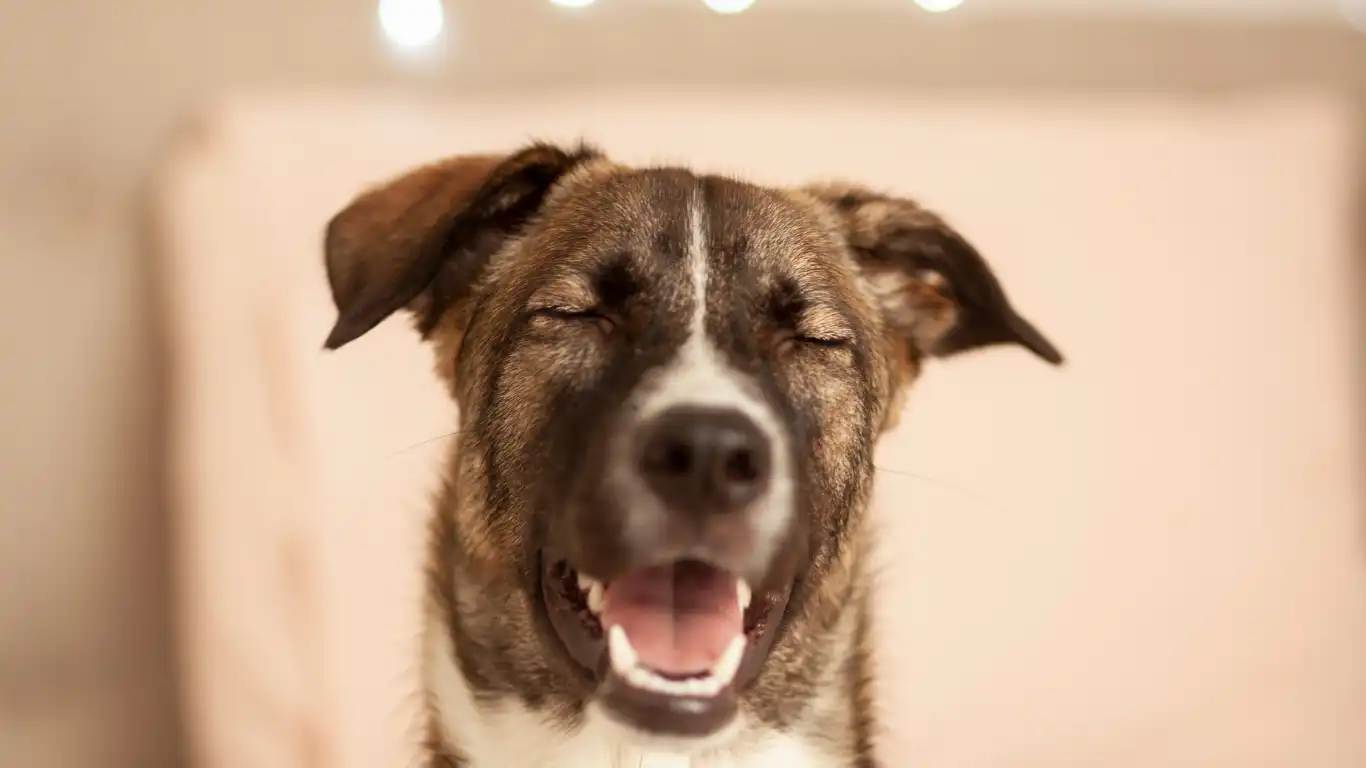
What’s Normal and What’s Not
Incision site care is where a lot of pet parents get anxious, and honestly, it makes sense. If you’re anything like me, the first time I saw stitches on a pup I was fostering, I practically had a meltdown. But over time, I learned what to expect—and what to act on.
Here’s a quick breakdown of what’s usually normal:
- Redness or slight swelling for the first 2-3 days
- A little clear fluid or mild blood-tinged discharge
- Itching as it starts to heal (hello, E-collar time!)
Warning signs you shouldn’t ignore:
- Pus or yellow/green discharge
- Foul odor
- Heavy bleeding
- Gaping stitches or visible tissue
- Excessive licking or biting at the area
Snap a photo and call your vet if you’re unsure. I’ve had pet parents send me incision photos for years, and believe me, I’d rather see 20 “false alarms” than one infection that gets out of hand.
The E-Collar Struggle is Real (But Worth It)
I know, I know. The “cone of shame” isn’t cute, and most dogs hate it. But it truly is one of the best tools for healing. If your dog is especially wily, talk to your vet about soft cones, inflatable collars, or even recovery suits. I once had a husky who straight-up Houdini’d out of three cones before we finally switched to a snug bodysuit—it worked like a charm.
Reintroducing Activity—Slow and Steady Wins the Race
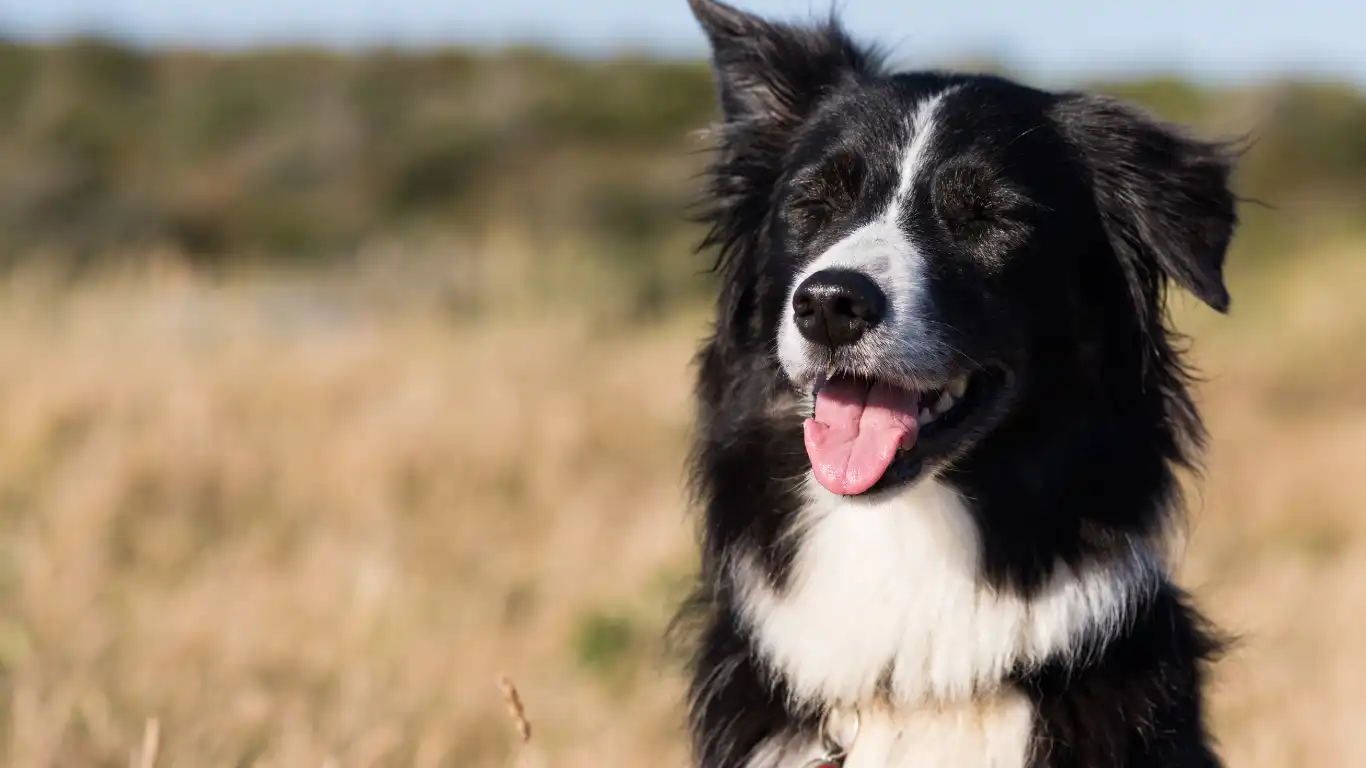
When Can You Start Walks Again?
This is a biggie. Most post-op instructions will include a timeline for restricted activity, but knowing when and how to reintroduce movement is just as important as the rest itself.
Here’s a general idea (but always follow your vet’s specifics):
- First 3–5 days: Potty breaks only. Leash walks just long enough to do their business, then right back to rest.
- Week 1–2: Very short leash walks, if cleared. Keep things calm and avoid other dogs or distractions.
- After stitches/staples are removed: You might be able to gradually add more movement—slow, controlled walks, no jumping.
One thing I always remind my clients: Just because your dog “acts fine” doesn’t mean they’re healed. I’ve seen dogs with surgical pins or fresh incisions act totally normal. Their body still needs time.
Physical Therapy for Dogs? Yep, It’s a Thing
Especially after orthopedic surgeries, physical rehab can make a huge difference. If your vet offers or recommends canine physical therapy, go for it. Hydrotherapy (underwater treadmill sessions), cold laser therapy, and guided range-of-motion exercises can all speed up healing. I’ve seen some amazing recoveries thanks to targeted rehab plans.
Support Your Pup Emotionally—It Matters More Than You Think
The Emotional Side of Recovery
Here’s something people don’t talk about enough: post-op blues. Some dogs really struggle emotionally after surgery. They’re confused, uncomfortable, and unsure why their routine has changed so drastically.
I’ve had patients come back for rechecks acting lethargic, clingy, or even snappy—and it wasn’t physical pain, it was frustration or anxiety. You can help by:
- Keeping a consistent daily schedule
- Offering extra affection and attention
- Using calming aids (pheromone diffusers, calming treats)
- Letting them rest in a quiet space but staying nearby
One of my fosters, a senior terrier named Milo, became depressed after a mass removal. We started sitting on the floor with him during meals and hand-feeding. He perked up in days—sometimes they just need to feel safe and loved.
Watch for Behavior Changes
It’s totally normal for dogs to be a little “off” after surgery, but if you notice drastic behavior changes that don’t improve—like aggression, refusal to walk, or avoiding family members—let your vet know. They might be in pain or experiencing an emotional response that needs support.
Helping Your Dog Transition Back to Normal Life

Patience Pays Off
By this point, your dog is probably starting to act like their old self again—which is awesome, but it also means it’s prime time to ease them back into their regular routine *carefully*. When folks ask me how to help a dog recover after surgery, I always say that the final stretch can be the trickiest. It’s easy to let your guard down and assume they’re fully healed just because they’re bouncing around. Been there, done that, watched a pup re-injure themselves because we moved too fast.
Slowly Reintroduce Activity & Play
If your vet gives the green light, start increasing physical activity in short increments. That could look like:
- Extending daily walks by 5–10 minutes every few days
- Letting them explore familiar areas with supervision
- Adding gentle play sessions indoors with plush toys
What you don’t want to do is throw them back into a full dog park playdate or hours of zoomies in the backyard. I had a golden retriever patient who tore his stitches during a game of fetch—because his human thought two weeks of rest meant he was good to go. Spoiler: he wasn’t.
Trust Your Gut—And Your Dog’s Body Language
Watch for signs your pup is getting tired or sore: sudden sitting during a walk, licking their incision site again, or changes in posture. When in doubt, take a break and slow it down. Recovery doesn’t follow a clock—it follows the dog.
Nutrition Support for Long-Term Healing
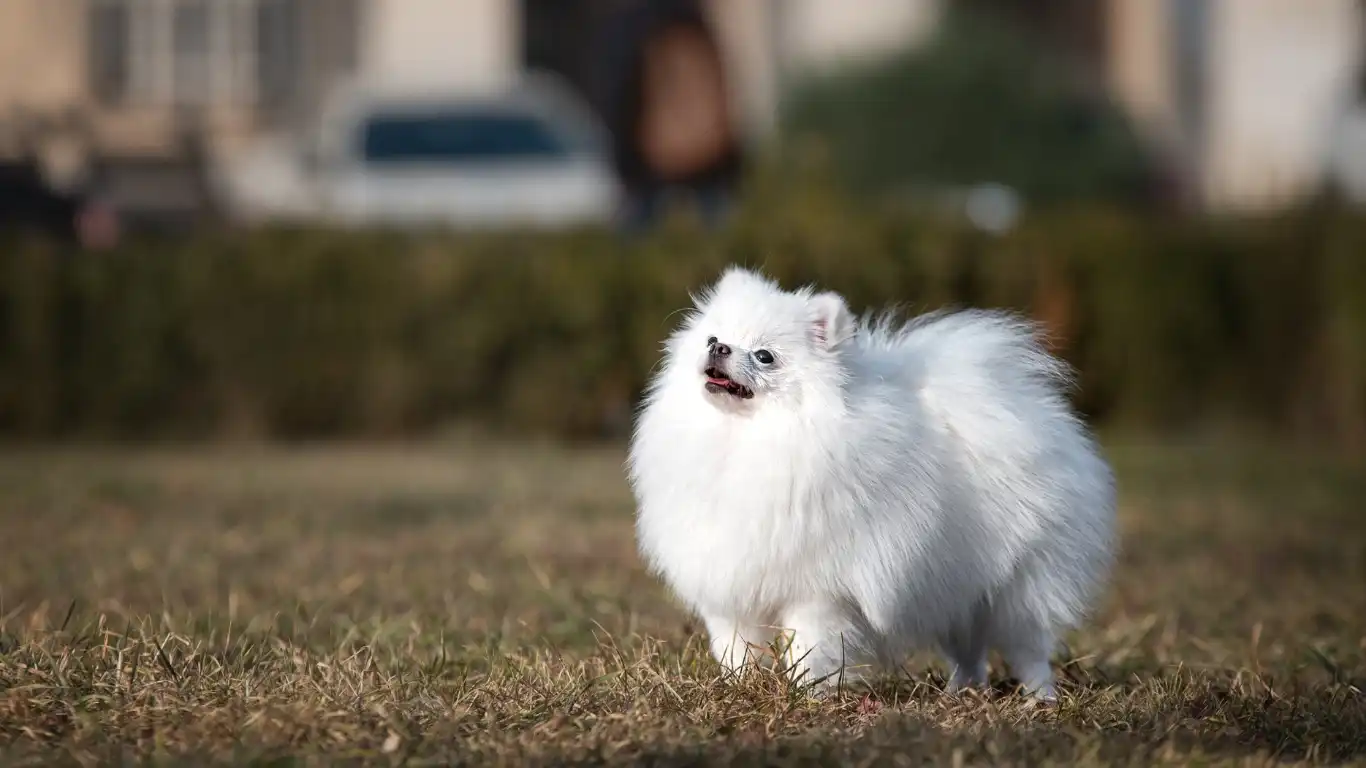
Keep the Good Stuff Going
Even once the appetite returns, don’t drop the ball on nutrition. Your dog’s body has been through a lot, and continuing a high-quality diet can support tissue regeneration, joint health, and immune function. I always recommend talking to your vet or a pet nutritionist about options like:
- Protein-rich diets to rebuild muscle mass
- Joint supplements (glucosamine, chondroitin, omega-3s)
- Digestive enzymes or probiotics for dogs who were on antibiotics
Honestly, this is where my nutrition nerd side kicks in. I’ve worked with dogs who healed significantly faster just by tweaking their diet post-surgery. If you’re ever unsure, PetMD is a solid resource to start exploring balanced recovery foods or supplements.
Hydration Matters Too
Water plays a huge role in healing. After surgery, some dogs may drink less because they’re resting more—or they might need more fluids if they’ve been on meds like NSAIDs. Keep fresh, clean water nearby at all times, and consider offering low-sodium bone broth to encourage drinking. I’ve even frozen broth into ice cubes as a treat for picky drinkers. Works like a charm!
Celebrating Small Wins and Long-Term Follow-Up
Track Progress Like a Pro
Whether it’s a simple spay or a complex orthopedic procedure, it helps to track your dog’s recovery journey. You don’t need a fancy system—just jotting down daily notes on appetite, mood, bathroom habits, and incision appearance can give you and your vet a better picture of how things are going.
Post-Op Checkups Aren’t Optional
Those recheck appointments? Definitely not just a formality. Your vet will examine the incision, monitor mobility (if applicable), and adjust any meds if needed. I’ve caught small issues during these checkups—like stitch granulomas or minor infections—that could’ve snowballed if we had skipped them. Stay on schedule, even if your dog seems fine.
Gradual Return to Off-Leash Fun
If your dog’s the type who loves off-leash time, I recommend waiting until your vet gives full clearance—and even then, easing into it. Short backyard zooms with supervision are a better reintroduction than going straight into wild trail runs. Think of it like rehab for an athlete—they don’t go from crutches to marathons overnight!
When Recovery Doesn’t Go as Planned
Setbacks Happen—and That’s Okay
Despite our best efforts, sometimes things don’t go smoothly. Maybe your dog reacts poorly to meds, maybe they reopen the incision, or maybe the emotional toll hits harder than expected. I’ve worked with many families going through complicated recoveries, and I always remind them—you’re not failing. Dogs are resilient, and with the right adjustments, most setbacks are fixable.
Second Opinions Are Totally Valid
If you ever feel unsure about how things are going, don’t hesitate to get a second opinion. Veterinary medicine, like human medicine, isn’t always one-size-fits-all. A fresh set of eyes can offer insight, especially if healing seems stalled or symptoms feel “off.” Resources like AKC or NIH can help guide you in advocating for your pup’s health.
Final Thoughts: Your Role as a Recovery Hero
Recovery is a Team Effort
If you’re reading this and feeling overwhelmed, just know that you’re doing a great job. Surgery recovery can be emotionally draining for pet parents too. You’re juggling meds, weird sleep schedules, maybe even a few tears (been there)—but you’re also giving your dog the chance to heal with comfort, dignity, and love. That’s huge.
Whether this was your first time navigating post-op care or your tenth, the lessons you’ve learned along the way will stay with you—and benefit every animal you care for in the future. From one vet nurse to a fellow dog lover: you’re crushing it. ❤️
References
Disclaimer
This article is intended for informational purposes only and is not a substitute for professional veterinary advice. Always consult your veterinarian regarding your dog’s specific condition, medications, and post-surgical care plan. Every pet is unique and may require individualized recovery support.
